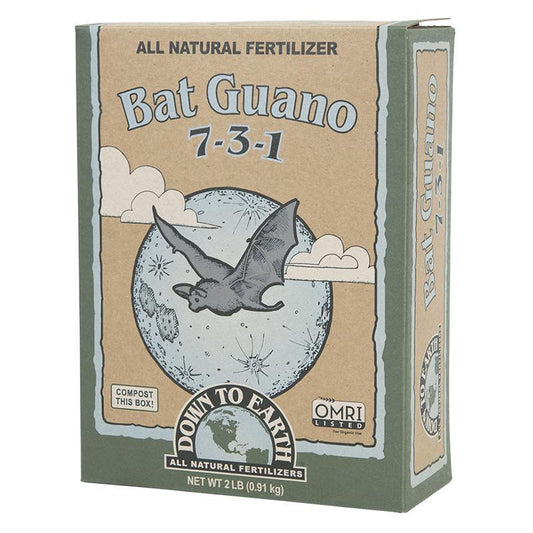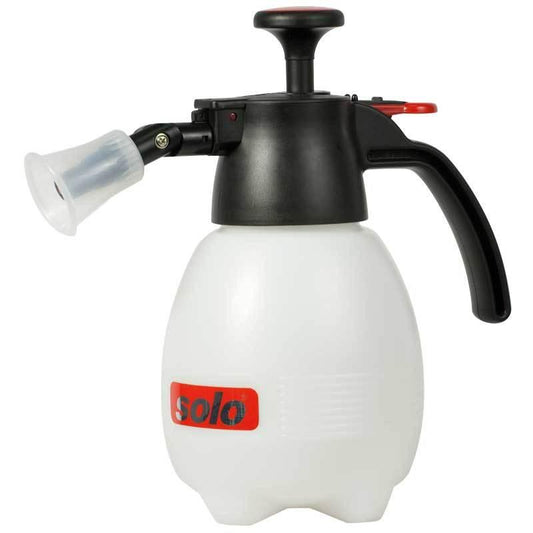Collection: Understanding Foliar Feeding
Foliar feeding is a specialized method of nourishing plants by applying water-soluble fertilizers directly onto the surface of their leaves. This practice plays a pivotal role in addressing the immediate nutritional needs of growing plants, enhancing their development and overall health. Unlike traditional soil-based fertilization, which relies on the plant's root system to absorb nutrients, foliar feeding capitalizes on the unique ability of plants to take in nutrients through their leaves and stems via tiny openings known as stomata. This remarkable mechanism allows plants to absorb foliar sprays up to 20 times faster than nutrients applied to the soil. The effectiveness of foliar feeding is further heightened by its flexibility, as it can be timed to coincide with critical phases in a plant's growth cycle, including rapid growth, flowering, fruiting, and seed formation.
Advantages of Foliar Feeding
-
Speedy Nutrient Uptake: One of the key advantages of foliar feeding is its rapid nutrient absorption. By bypassing the often slower root uptake process, plants can access essential nutrients almost instantly, thereby addressing deficiencies or supporting their growth more effectively.
-
Enhanced Nutrient Utilization: Foliar feeding ensures that the nutrients are delivered directly to the parts of the plant where they are needed most. This targeted approach minimizes wastage and maximizes the plant's ability to utilize the nutrients efficiently.
-
Strategic Timing: Foliar feeding offers the flexibility to time nutrient applications precisely. For example, adding nutrients can provide the extra boost necessary for robust development during rapid growth phases. Similarly, timed applications during flowering, fruiting, and seed formation can optimize yields and quality.
Tips for Successful Foliar Feeding
While foliar feeding can be a highly effective way to promote plant health and productivity, it is important to follow certain guidelines to ensure its success:
-
Avoid High Temperatures: Foliar feeding should not be performed during the heat of the day, especially when temperatures exceed 85°F (29°C). At higher temperatures, leaf stomata tend to close, reducing nutrient absorption. To prevent this, schedule foliar feeding for the cooler morning hours.
-
Prevent Powdery Mildew: Applying foliar sprays in the evening should be avoided, as the prolonged presence of moisture on the leaves can create a favorable environment for powdery mildew and other fungal diseases. Early morning application is preferred to allow the foliage to dry during the day.
-
Ensure Proper Dissolution: When using micronized fertilizers or less soluble powders, it is essential to fully dissolve them before spraying. Failure to do so may result in clogged spray equipment and uneven nutrient distribution. Stir or mix thoroughly to achieve a homogenous solution, and consider periodic agitation during spraying for powders that tend to settle.
Exploring Foliar Fertilizer Options
Various foliar fertilizers are available to cater to various plant needs and growth stages. These products typically come in liquid or powdered forms and are formulated to provide essential macro and micronutrients. Some even include organic or specialized ingredients designed to enhance specific aspects of plant growth, such as flowering or fruit development.
Whether you are nurturing a lush garden, cultivating crops, or tending to indoor plants, the application of foliar fertilizers can be an invaluable tool to optimize your plant's health and yield. By understanding the principles and benefits of foliar feeding and adhering to best practices, you can harness this technique to unlock the full potential of your greenery and achieve thriving, vibrant plant life.
Learn more about fertilizing with compost tea and other foliar sprays.



































